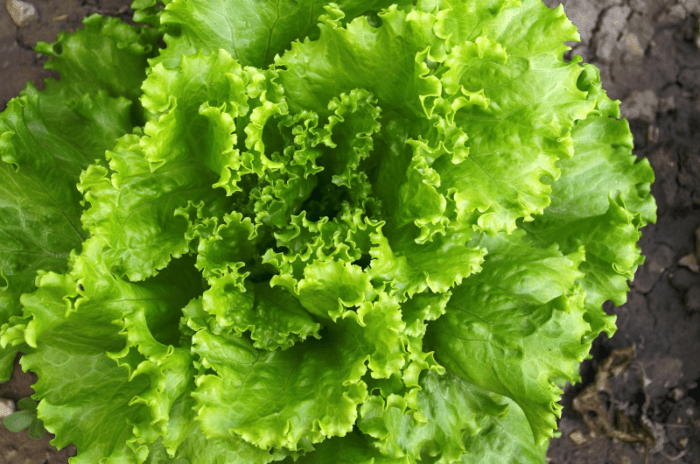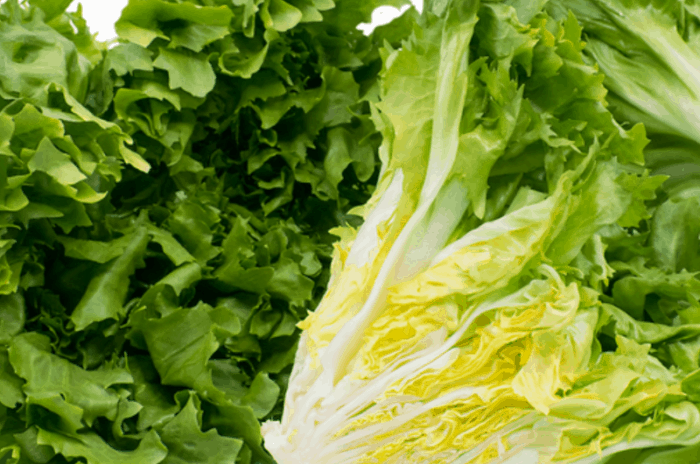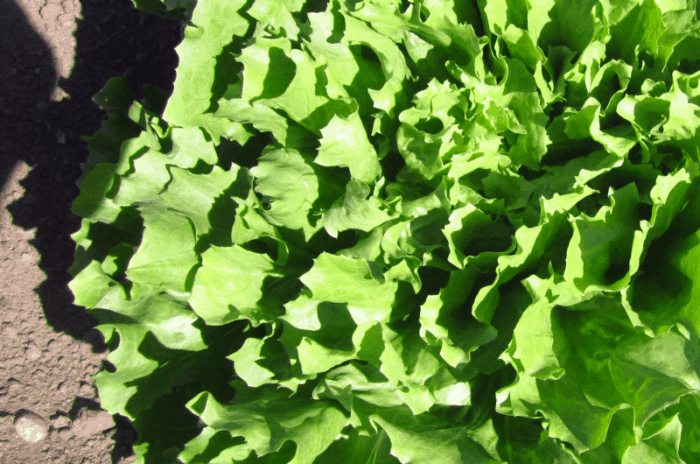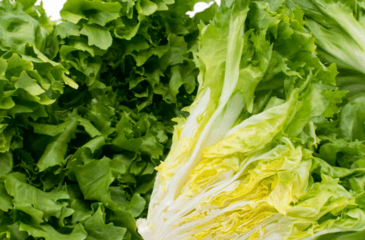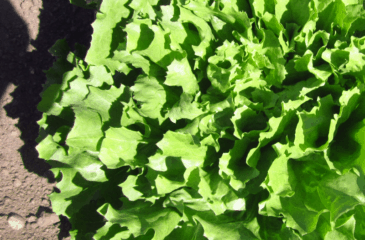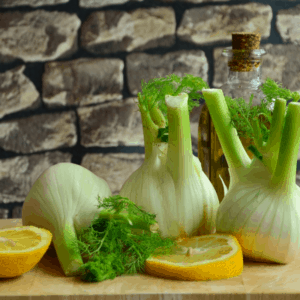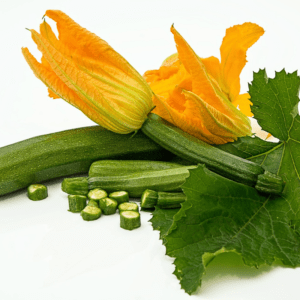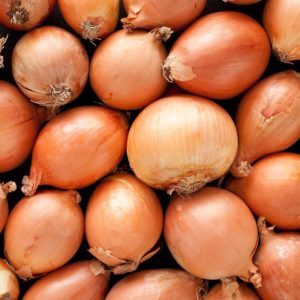Endive, with two main varieties – the frisée (with curly leaves) and the broader-leaved escarole – is a leaf vegetable belonging to the genus Cichorium, which includes several similar bitter-leafed vegetables.
The endive looks like an open head salad, light green (or yellowish) at the top of the leaves and white on the stem.
In the centre, the escarole densely encloses small clear leaves called the “heart” of the head.
The frisée is a curly-leaved, non-hearting variety.
Sometimes the centre is a paler creamy yellow, because traditionally a plate (or special cap) is laid on top to blanch the leaves and sweeten them.
Modern cultivars are now sweeter but blanching is aesthetically appealing. Harvesting is done in autumn, winter and early spring.
The best way to eat endive is raw in salads so that all the vitamins and mineral salts remain intact, so vital during the winter months when other fresh vegetables are less available.
The Paris’ bistro salad of curly frisée, combined with hot browned lardons and a poached egg, is simple but utterly memorable.
The broader-leaved escarole is more often cooked: stir-fried, braised, or boiled.
Traditionally in Naples, it is used as a savoury filling with sultanas, pine nuts and anchovies for delicious vegetable pies made with pizza dough, or the head left whole, its leaves stuffed as you would a cabbage, then braised.
Escarole may be used in fritters, soups, and in many tasty sauces for pasta, especially when combined with sausage.

